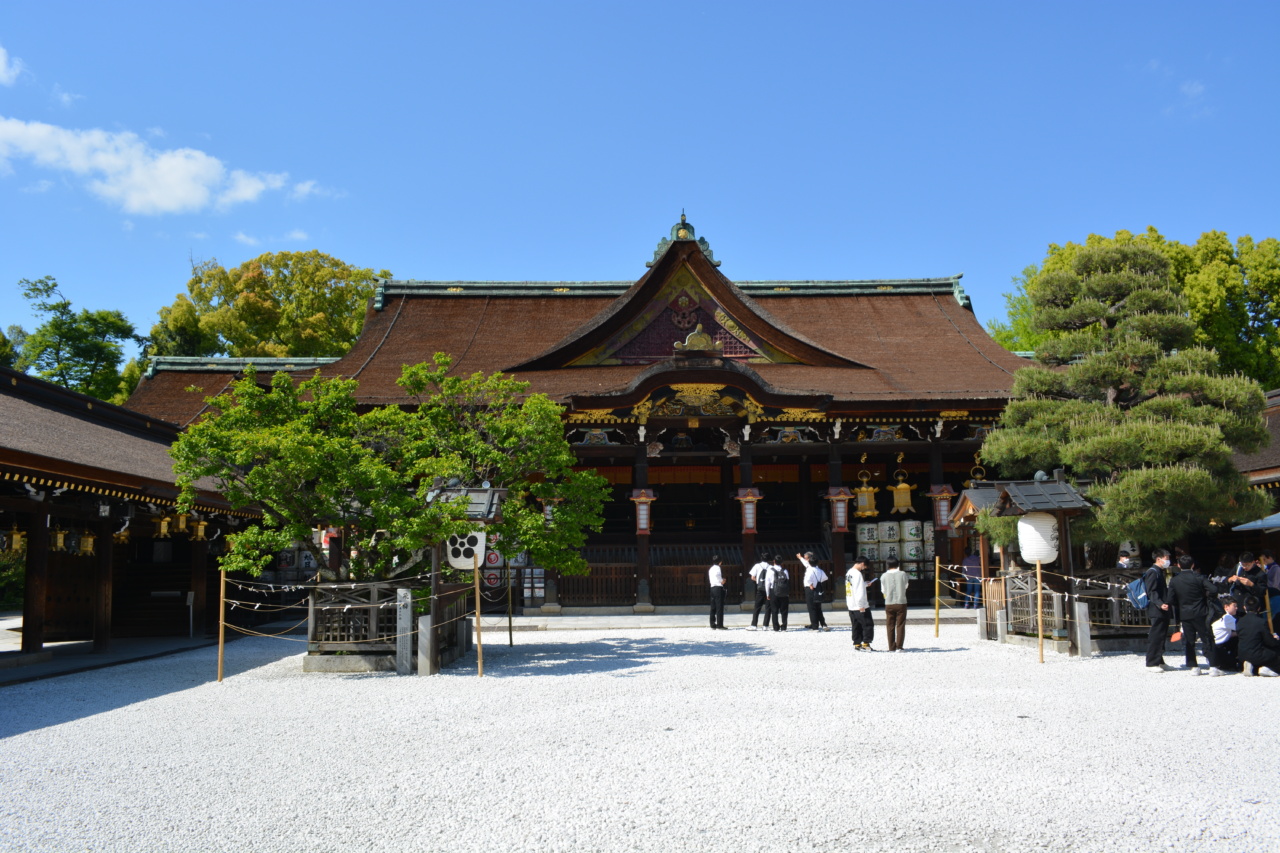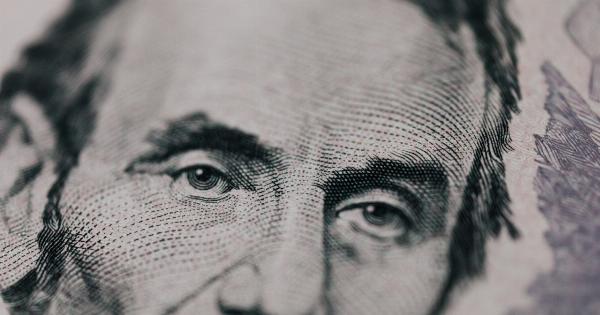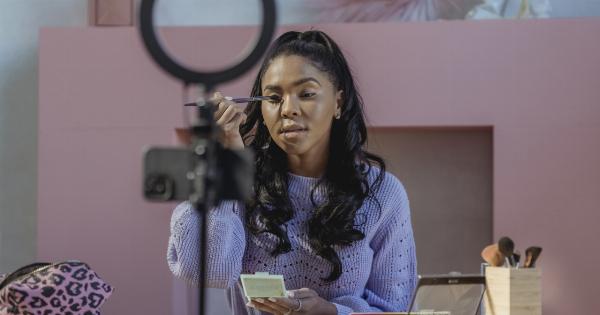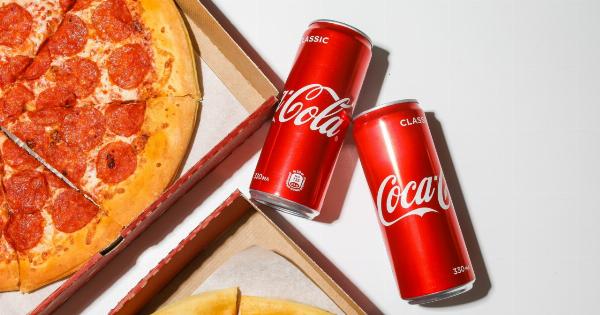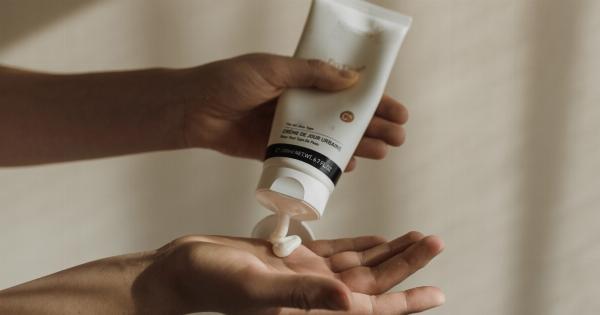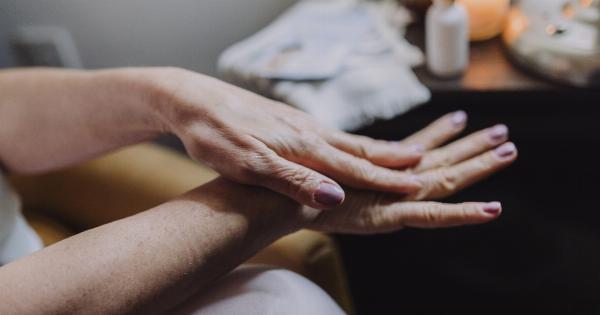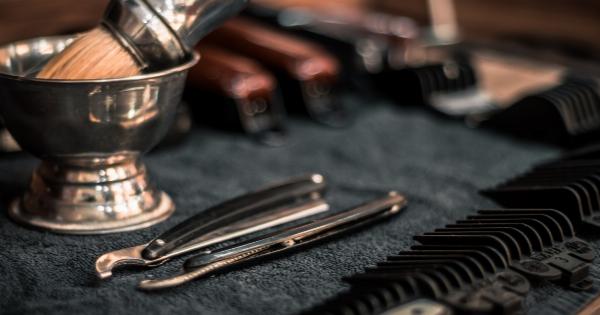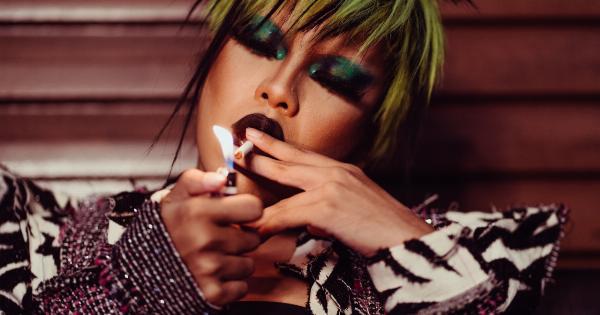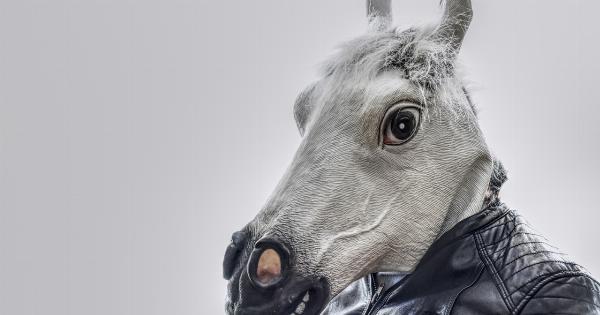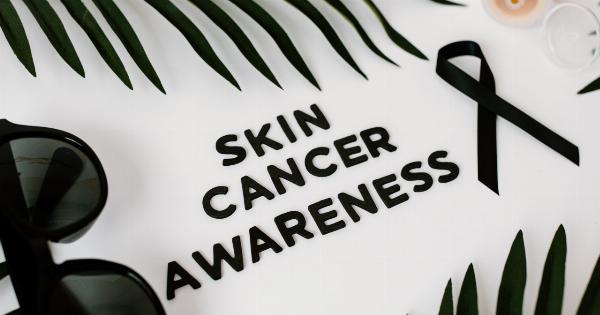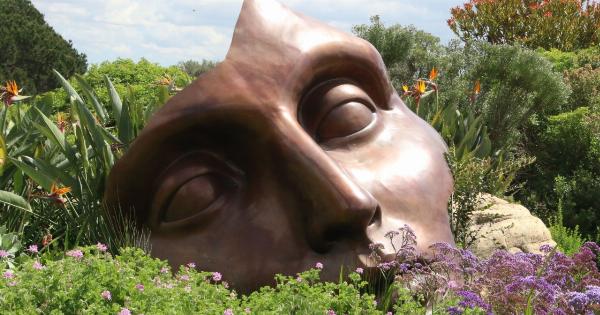Lipstick – it is a cosmetic product that has been used by women (and sometimes men) for thousands of years. While it is usually associated with beauty and glamour, lipstick has a fascinating and multifaceted history that is full of contradictions.
In this article, we explore the complex and often contradictory history of lipstick, from its ancient origins to its modern-day popularity.
Origin and Early Uses
The use of lipstick can be traced back to ancient civilizations, such as Egypt, Mesopotamia, and India. Women in these societies used lip color made of crushed gemstones and red ochre paste.
The ancient Greeks and Romans also used lipstick, often made from crushed red insects mixed with beeswax.
While lipstick was used for cosmetic purposes, it also had symbolic significance for many ancient cultures. In ancient Egypt, for example, red lipstick was associated with the goddess Isis and was believed to bring protection and good luck.
In ancient Greece, women who wore lipstick were often associated with prostitution and considered scandalous.
Medieval Times and Beyond
During the Middle Ages, the use of lipstick fell out of favor. In many Christian societies, wearing makeup was viewed as sinful and associated with witchcraft.
However, the trend for lip color returned during the Renaissance, when pale skin and bright red lips were fashionable.
In the 19th and early 20th centuries, lipstick was still considered controversial. It was associated with actresses and prostitutes and was not considered respectable for “decent” women to wear.
However, this began to change in the 1910s and 1920s, when makeup and fashion became more accessible to the masses. Women started wearing lipstick as a symbol of their independence and rebellion against traditional gender roles.
World War II and Beyond
During World War II, lipstick took on a new role. Women started wearing bright red lipstick to boost their morale and show their patriotism. It became a symbol of beauty and strength in difficult times.
In the post-war era, lipstick became even more popular. Hollywood actresses like Marilyn Monroe, Elizabeth Taylor, and Audrey Hepburn helped to make red lipstick a staple of glamour and sophistication.
Lipstick was associated with a new kind of femininity that was confident and assertive.
The Dark Side of Lipstick
While lipstick has become a symbol of beauty and empowerment, it also has a darker side. For many years, lipstick contained toxic ingredients such as lead, which can cause serious health problems.
In the 20th century, many women suffered from lead poisoning due to prolonged use of heavily leaded lipstick. In recent years, there has been a trend towards natural and organic makeup, which has led to the creation of safer and healthier lipsticks.
The Politics of Lipstick
Interestingly, lipstick has also been used as a political tool. In the 20th century, lipstick was often associated with communism and other left-wing ideologies.
In fascist regimes, such as Nazi Germany, lipstick was viewed as a symbol of decadence and immorality.
In more recent years, lipstick has also been associated with feminist movements.
For example, the “lipstick index” theory suggests that during tough economic times, sales of lipstick increase because women use it as a way to boost their morale and feel good about themselves. Lipstick has been viewed as a symbol of female empowerment and rebellion against societal norms.
The Future of Lipstick
Today, lipstick is more popular than ever. There are countless shades and formulas available, catering to every taste and budget.
Women (and men) wear lipstick for a variety of reasons – as a fashion statement, as a form of self-expression, or as a way to feel more confident and attractive.
While lipstick will likely continue to be a staple of beauty and fashion, it is important to remember its complicated history and the contradictions that surround it.
From its ancient origins as a symbol of divinity and protection to its modern-day association with beauty and empowerment, lipstick has always been more than just a cosmetic product.
